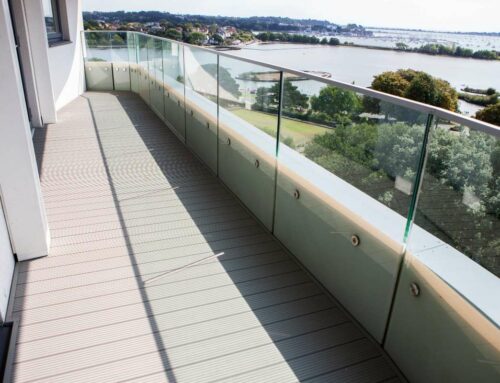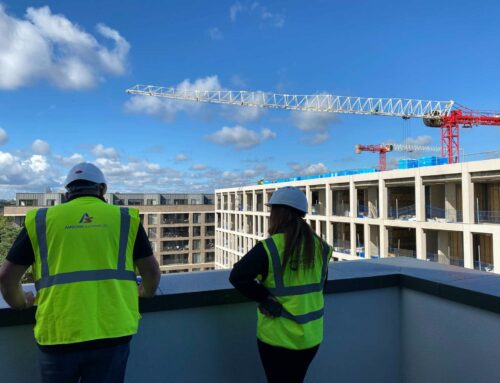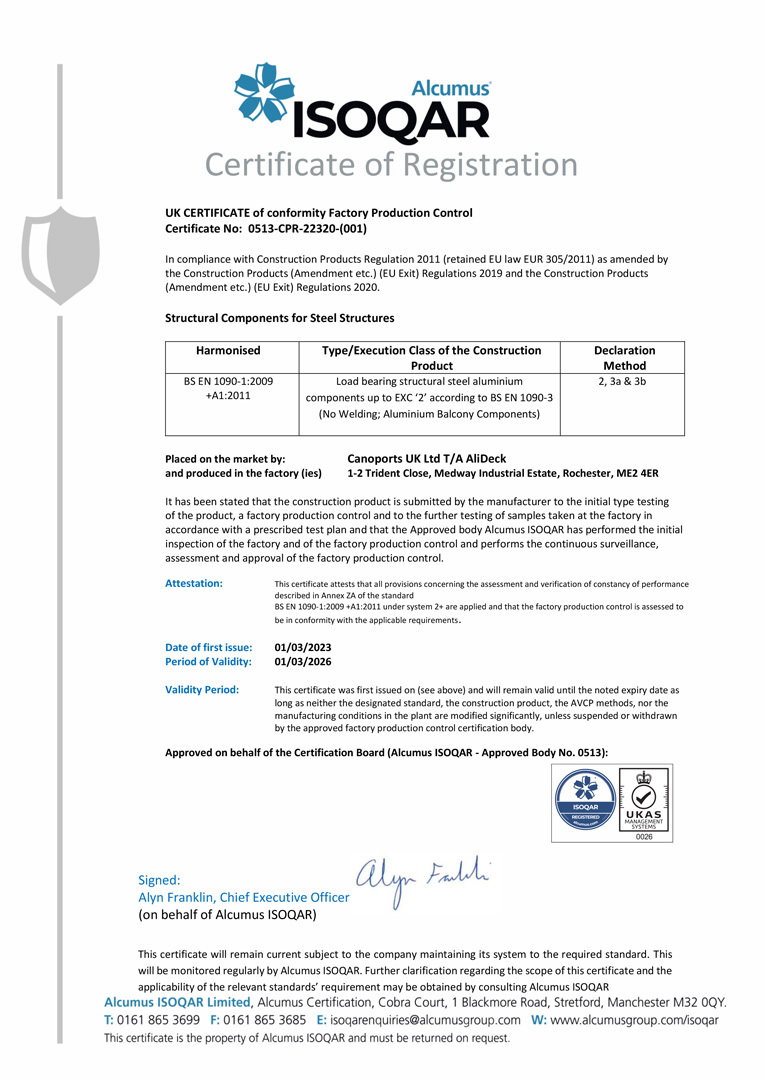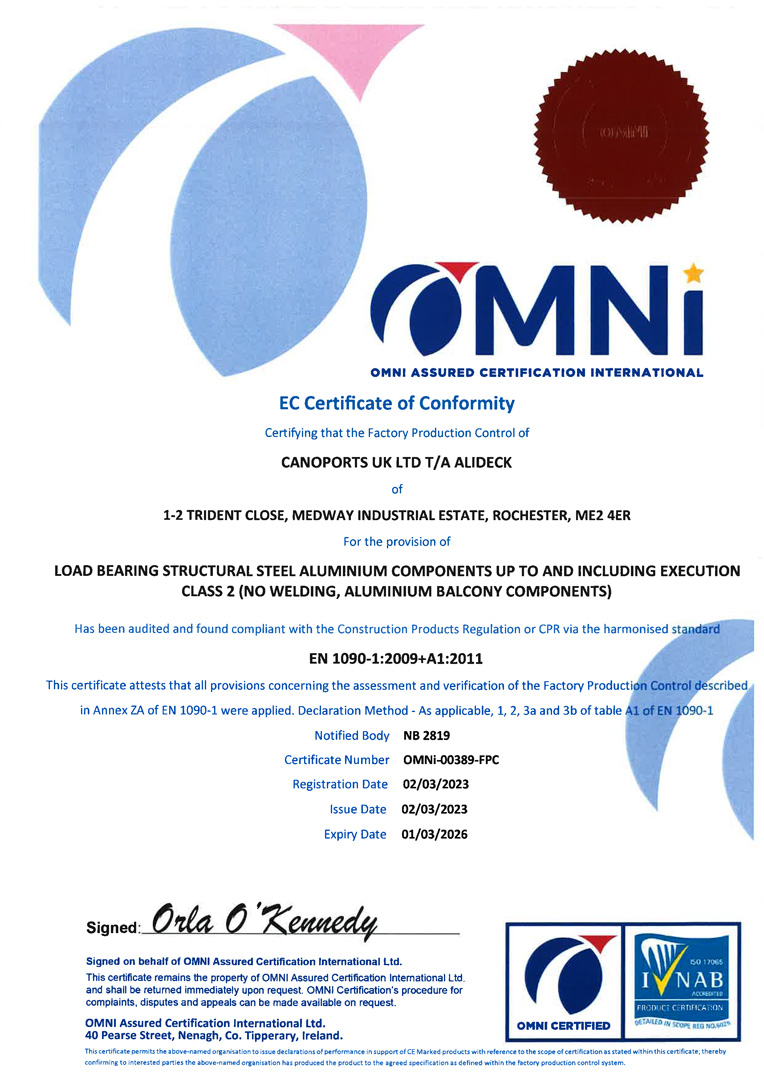Many Buildings deemed ‘unsafe’ after London Fire Brigade flag additional fire safety defects, emphasising the sheer scale of the Building Safety Crisis
New data obtained by Anne Clarke AM, Labour’s London Assembly fire and resilience spokesperson, shows that more than a quarter (28%) of buildings in London that have had their “stay put” fire advice suspended have been flagged for having fire defects other than unsafe cladding.

On the night of the Grenfell tragedy, many leaseholders followed the guidance in place that advised them to ‘stay put’ to avoid confusion and panic, with the understanding that fires within an apartment would be easily contained. The results of this advice and the lack of critical thinking to abandon this policy sooner as the fire continued to grow out of hand saw a catastrophic loss of life.
By suspending the “stay put” advice, London Fire Brigade have now deemed these buildings to be ‘unfit’. This means that thousands of additional lives have been found to be at risk. That such a large proportion of the total properties suspended suffer from additional fire safety defects than cladding is shocking. Ms Clarke said that the figures outlined in this data highlight the “sheer scale of the building safety crisis”.
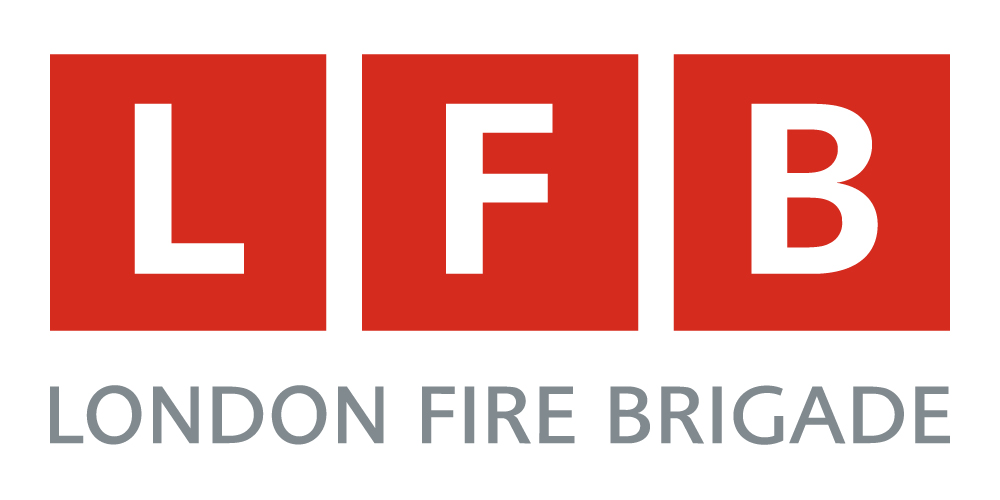
According to Ms Clarke, the government must ensure that residents living in unsafe buildings are not tasked with covering the expense of any fire-safety remediation process. Some buildings affected have a ‘waking watch’ officer, who patrols the internal and external communal areas to ensure that everything is in order but the costs of this role can be £15,641 per building.
External Wall Fire Safety Reviews, otherwise known as (EWS1) certificates, were required by lenders for buildings over 18 metres or taller. The Consolidated Advice Note (CAN) that launched shortly after EWS1 changed that to include buildings of all heights. PAS 9980 has now replaced the CAN but the situation remains unclear. What is clear, though, is that buildings with combustible materials on balconies continue to cause concern for surveyors and lenders when considering EWS1.
Recent changes to the Building Safety Bill have stated that leaseholders will no longer be liable for the cost to replace cladding within building infrastructure when the building is 11 metres or taller. Rightly or wrongly, this will instead leave the developers liable for remediating their previous builds that face fire safety issues.
Ms Clarke adds “I am pleased that after a lot of delay, the Government has finally woken up to this reality and put the onus upon developers and building owners to cover the costs of all forms of remediation”.
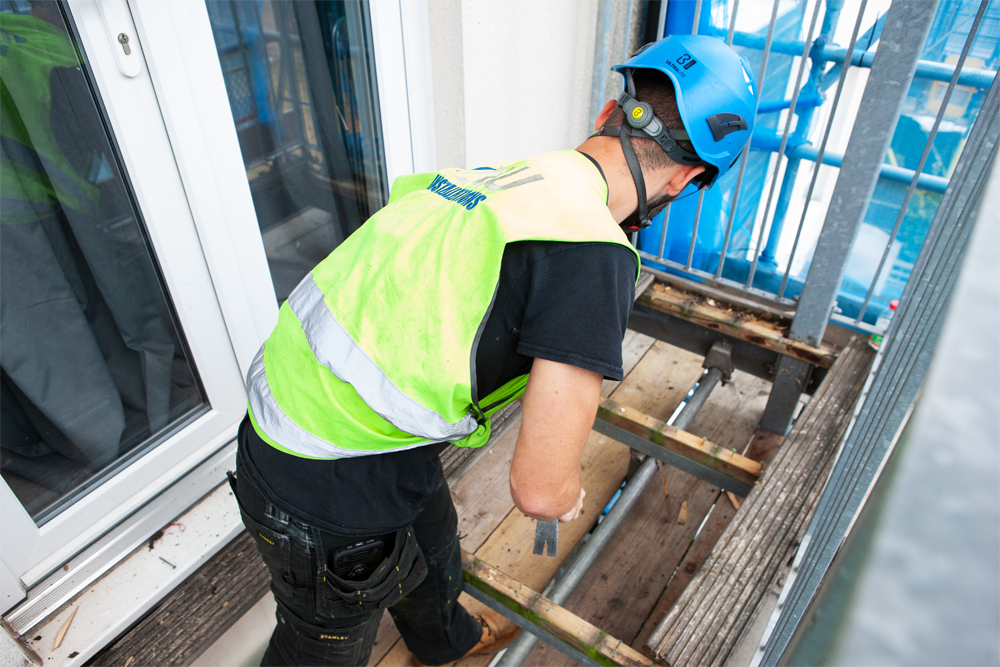
While the government has so far announced £62m of funding to pay for fire alarms in buildings of all heights across London, Ms Clarke rightly raises concerns that this still won’t be enough to cover the scale of demand in the capital. Upgrading fire response mechanisms is a positive step, but these are reactive tools towards an event such as fire rather than proactive steps that prevent the fire occurring in the first place. We believe that taking steps towards remediation can help to limit such events from ever occurring.
Finally, Ms Clarke also said; “These figures are a reminder that the building safety crisis we are facing is not just about dangerous cladding, but many other issues and historical defects that need to be urgently addressed”.
AliDeck is located just 27 miles from Central London. If you would like to discuss the role that we play in the shift towards non-combustible materials within the construction industry or require a site visit to understand your project requirements, please contact us via 01622 235 672 or email us at info@alideck.co.uk.


